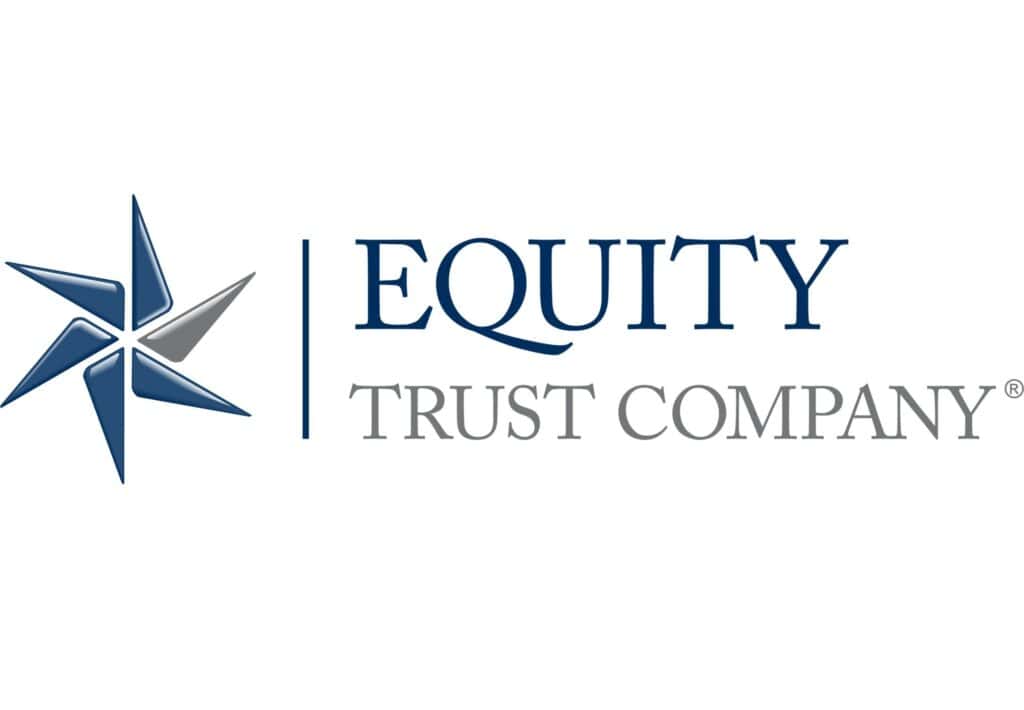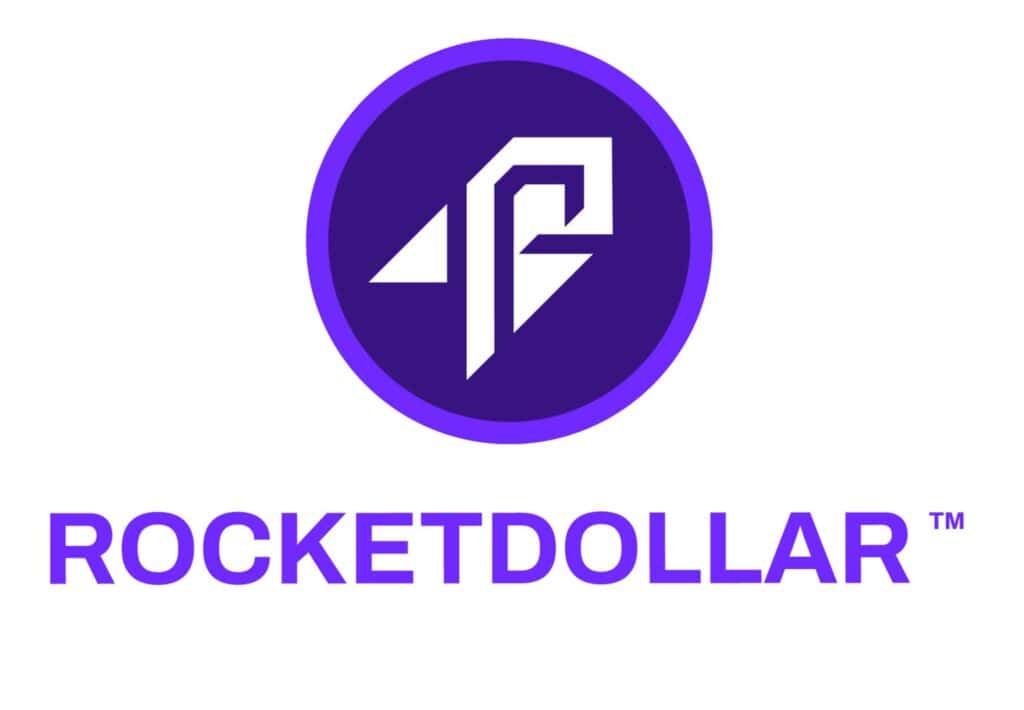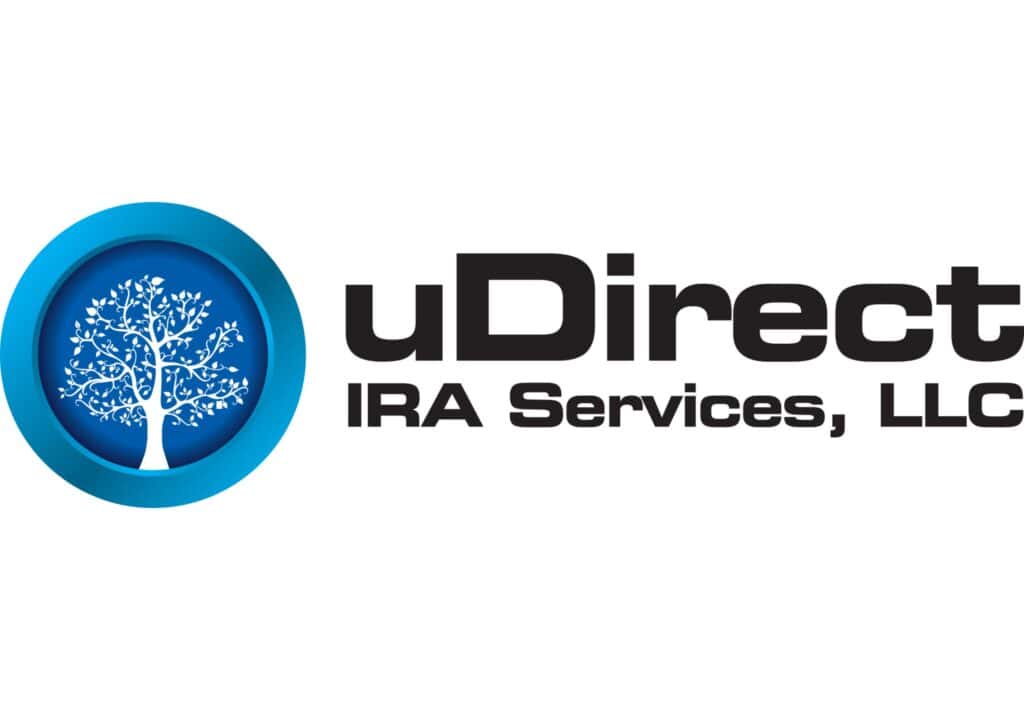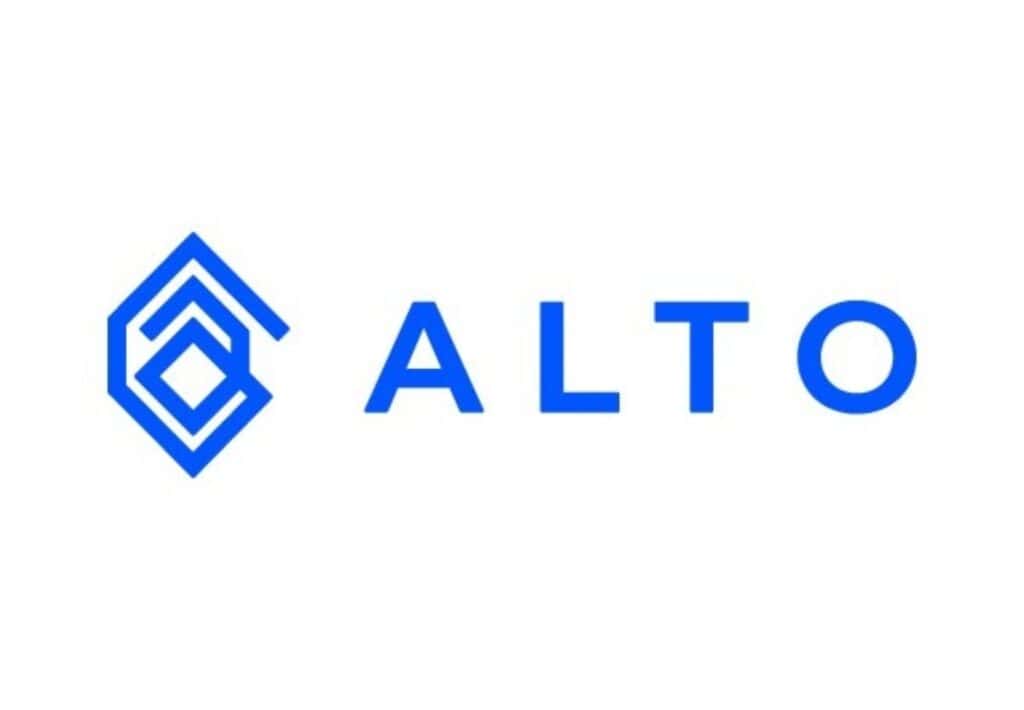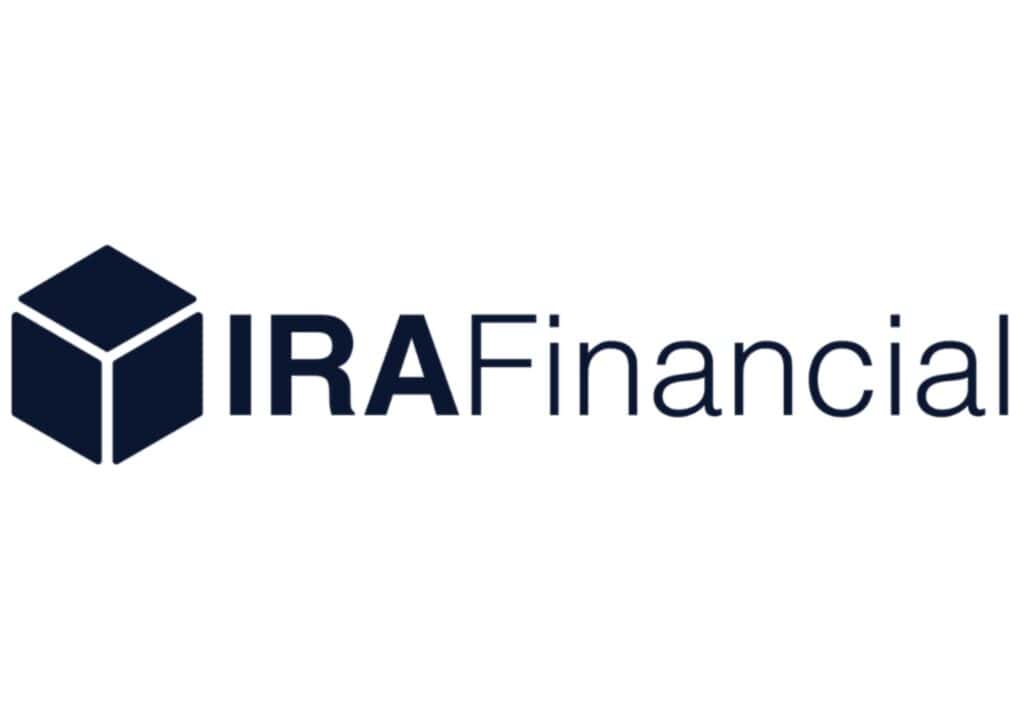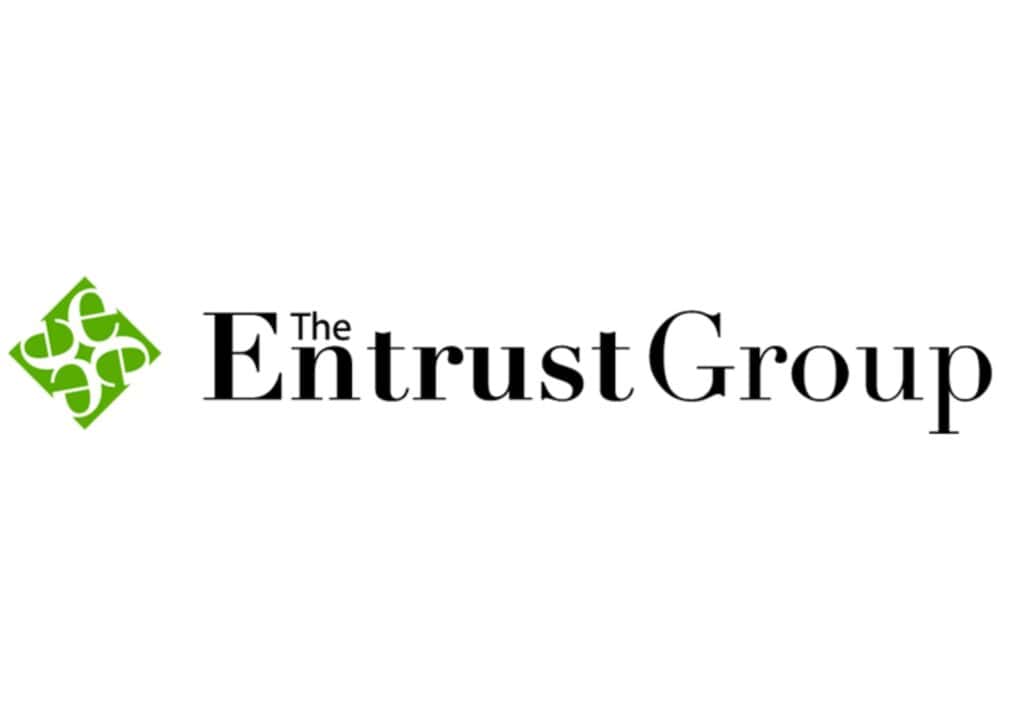Investment Funding Options
Are you just getting started or looking to level up your investment game? Knowing your funding options is key. We’ll break down some of the most practical ways to fund your investments, including real estate, so you can make confident, informed decisions.
Understanding where your money comes from and how it grows can change everything. Let’s start with the basics of income: how it’s earned and how it can be leveraged to build lasting wealth.
──────
The Cash Flow Quadrant: Four Ways to Produce Income
There are four main ways people make money, and each comes with different risks and opportunities. Many investors have walked this path, and knowing where you are right now can help shape your funding strategy.
Employee: Working for Others
Self-Employed: Working for Yourself
Business Owner: Others Working for You
Investor: Money Working for You
Looking to Scale Your Passive Investments?
For those looking to scale their passive investments, options like commercial real estate syndication structure or group real estate investment funds allow pooling capital with others for access to larger deals. These setups often use a limited partnership structure in commercial real estate, where general partners manage the asset while limited partners invest passively.
Two Primary Investment Paths
When it comes to funding your investment journey, most of us start with one of two paths: using personal funds or going the tax-advantaged route. Each option has its perks and pitfalls. The key is knowing when and how to use them strategically.
A. Personal Funds
Using your own money to invest is the most straightforward route. No paperwork, no gatekeepers — just your cash at work.
We’ve spoken with people who used their savings to buy distressed properties for cash — no lenders involved. It helped them close deals fast, especially in competitive markets. But others ran into issues at tax time because they didn’t plan for capital gains.
Want to invest but think you don’t have enough saved? It’s worth exploring how to invest in property with little money. Real estate crowdfunding, seller financing, and house hacking can all be low-barrier entry points, especially when paired with the right funding strategy.
Pros
- Instant access to funds
- No contribution or withdrawal restrictions
- Full control over how and where to invest
Cons
- Potential for higher capital gains taxes
- No tax shelter or write-offs
- Easier to make impulsive decisions
Common Use Cases
- Flipping houses
- Buying short-term rentals
- Quick stock trades or crypto investments
- Cash purchases of land or mobile homes
Types Available
- Traditional and Roth IRAs
- Solo 401(k)s for self-employed investors
- Health Savings Accounts (HSAs)
- SEP IRAs for small business owners
Key Benefits
- Reduce taxable income
- Grow investments tax-deferred or tax-free
- Use for a wide range of investment types (stocks, real estate, private equity if using a self-directed account)
General Restrictions
- Annual contribution limits
- Early withdrawal penalties
- Some accounts limit what you can invest in unless self-directed
B. Tax-Advantaged Accounts
These accounts are built to encourage long-term growth and retirement saving — and they come with serious tax perks.
We’ve seen investors use self-directed IRAs to purchase rental properties. It takes more paperwork and due diligence, but the long-term gains can be substantial — especially if you’re planning for retirement income streams.
Self-directed retirement accounts can also give access to private equity real estate structures, such as funds that specialize in multifamily, industrial, or office properties. These investments tend to require accreditation but can yield strong returns when structured properly.
Investment Vehicles Compared
Now that we’ve covered where the money comes from, let’s talk about how it grows. Choosing the right investment vehicle can make or break your long-term returns. Here’s a breakdown of three popular tax-advantaged options investors should know about.
- Traditional Retirement Accounts
- Roth Retirement Accounts
- Health Spending Accounts
Traditional Retirement Accounts
(Pre-Tax Contributions)
This includes things like a Traditional IRA or employer-sponsored 401(k). Money goes in before taxes, reducing your taxable income today.
What to Know:
- Taxes are paid upon withdrawal
- Great for reducing your current taxable income
Required Minimum - Distributions (RMDs) start at age 73
- Ideal if you expect to be in a lower tax bracket in retirement
Some investors have used these accounts to invest in index funds or bonds that steadily grow over time. Others roll them into self-directed IRAs to diversify into real estate.
Roth Retirement Accounts
(After-Tax Contributions)
Roth IRAs or Roth 401(k)s use after-tax dollars. That means no immediate tax break, but all qualified withdrawals are tax-free.
Key Points:
- Pay taxes now, skip them later
- No RMDs for Roth IRAs
- Best for younger investors or those expecting to be in a higher tax bracket later
We’ve seen hypothetical investors fund Roth IRAs while working a side hustle. It gave them a place to stash growth-focused investments without worrying about tax bills down the line.
Health Spending Accounts
(Dual Tax Advantages)
HSAs are designed for medical expenses, but they’re surprisingly powerful for long-term investing.
Why They Matter:
- Contributions are tax-deductible
- Growth is tax-free
- Withdrawals for qualified expenses are also tax-free
Some folks treat HSAs like stealth retirement accounts — investing the funds in low-cost ETFs and paying for current medical expenses out of pocket. Over time, that tax-free compounding can really add up.
Quick Comparison Table
| Account Type | Tax Now | Tax Later | Limit (2025) | Ideal For |
|---|---|---|---|---|
| Traditional IRA/401(k) | Tax-deductible | Taxed on withdrawal | $7,000 (IRA) / $23,000 (401k) | Lower-income retirement plans |
| Roth IRA/401(k) | Taxed now | Tax-free withdrawals | $7,000 (IRA) / $23,000 (401k) | Long-term, high-growth plans |
| HSA | Tax-deductible | Tax-free withdrawals | $4,150 (single) / $8,300 (family) | Healthcare + stealth investing |
──────
Investment Vehicles Compared
Before you put your dollars to work, you’ve got to decide where those investments will live. Choosing the right investment custodian is just as important as choosing the investment itself, especially if you’re going the tax-advantaged route.
Match your custodian to your comfort level. If you’re not ready for advanced rules and forms, traditional might be the better bet.
Traditional Custodians: Simplicity vs. Limitations
These are your big-name brokers. Think Fidelity, Schwab, or Vanguard. They’re built for ease, and most offer ready-to-go retirement account options.
Benefits:
- Easy account setup
- Broad access to index funds, stocks, and bonds
- Low fees and user-friendly interfaces
Drawbacks:
- Limited access to alternative assets like real estate or private equity
- Few options for customization
- Typically don’t support self-directed investing
Some investors find that traditional custodians work perfectly for passive index strategies. They’re solid if you’re not looking to go off the beaten path.
Self-Directed Custodians: Flexibility vs. Complexity
Want to invest your IRA in a duplex or private fund? You’ll need a self-directed IRA custodian. These providers offer broader asset access but expect you to know your stuff.
In fact, many self-directed investors participate in real estate crowdfunding investment structures, where fractional ownership of a property or fund is made available online. These platforms often combine the accessibility of public markets with the return potential of direct real estate investing.
Pros:
- Access to real estate, private lending, tax liens
- Ideal for hands-on investors
- More control over your portfolio
Cons:
- Complex IRS rules
- Higher fees
- More paperwork
Some investors use a self-directed custodian to buy rental property with retirement funds. It allows long-term growth while preserving tax benefits, but it requires close attention to the rules.
Rules and Changes to Know
Even experienced investors can trip up on the rules. Tax-advantaged accounts come with guardrails and stepping outside them can cost you big time. Here are a few important things to keep straight:
Prohibited Transactions Essentials
This is a big one. The IRS has strict rules about what you can and can’t do with assets held in a self-directed retirement account.
Examples of prohibited transactions:
- Buying a property from yourself or a family member
- Paying yourself to manage an IRA-owned property
- Loaning IRA money to a disqualified person
One investor wanted to rent out a home they held in their IRA to their daughter. Seems harmless, right? Unfortunately, that violated IRS guidelines, and the entire account became taxable.
Disqualified Person Defined
A disqualified person includes you, your spouse, your parents, your kids, and certain business partners. Basically, anyone whose financial interests are closely tied to yours.
Quick tip:
If the transaction helps your current finances, it’s probably disqualified.
Always double-check with your custodian before moving money.
SECURE Act 2.0: Roth Match Opportunities
Recent legislation brought new rules for Roth accounts and employer contributions. Under the SECURE Act 2.0, employers can now offer Roth 401(k) matching contributions.
Here’s what’s new:
1. You can choose to receive matching in Roth dollars (taxed now, tax-free later)
2. Matches must be fully vested
3. Great for those expecting higher income later in life
This is a game-changer for younger professionals who want tax-free growth. We’ve seen cases where choosing Roth matching allowed investors to build future income streams without the looming tax hit.
Note: Many issues can be avoided by understanding the proper commercial real estate investment structures that are IRS-compliant. So, whether it’s a joint venture or a syndication, choosing the right model can help you stay on the right side of the rules.
Practical Tools for Investors
Knowing where to invest is one thing; knowing how to analyze your options is another. The best investors use a few simple tools to make smarter, faster decisions.
Rule of 72: Calculating Investment Doubling Time
This one’s a classic. Divide 72 by your expected rate of return, and you’ll get an estimate of how many years it’ll take for your money to double.
- Earning 8% annually?
- Your investment doubles in roughly 9 years.
- At 12%, it doubles in 6 years.
It’s a great way to gut-check whether an opportunity lines up with your long-term goals.
Accredited Investor Qualification (1-2-3 Rule)
To access private investments like syndications or hedge funds, you may need to be an accredited investor. We often explain it with the 1-2-3 rule:
- 1 million net worth (excluding primary residence), or
- 2 years of income at $200K (or $300K joint), or
- 3 letters — holding certain licenses like Series 7, 65, or 82
These thresholds open the door to private placements, which can offer higher returns. They also have higher risks, though.
Applying Tools to Investment Decisions
For example, a hypothetical investor saw a fund offering 10% returns. Using the Rule of 72, they realized it’d take about 7 years to double. Once they confirmed they met the accredited investor requirements, they felt more confident moving forward.
Tools like these help us cut through hype and get to the numbers. And when you’re betting on your future, clarity is gold.
Note: If you’re entering larger-scale investments, make sure you know capital stack organization in commercial real estate deals. Knowing who gets paid first (debt vs. equity) can help you assess risk and structure your returns accordingly.
Making Smart Investment Decisions
There’s no one-size-fits-all answer. The right move depends on your goals, timeline, and risk tolerance. However, there are a few key factors we always encourage people to consider.
Balancing Flexibility, Taxation, and Growth
Every investment strategy has trade-offs:
Flexibility: How accessible are your funds?
Taxation: Will growth be taxed now or later?
Growth potential: Is the return worth the risk?
For instance, someone looking for passive income today might focus on dividend stocks or real estate. But a younger investor with decades ahead may lean toward Roth contributions or high-growth funds inside a tax-advantaged account.
Key Considerations for Your Situation
Ask yourself:
Do I need cash flow now or later?
Am I comfortable managing properties or do I want passive options?
What’s my timeline for needing this money?
If you’re looking to diversify with others, a group real estate investment fund might offer the perfect middle ground between solo investing and fully passive REITs.

Real Estate as a Strategic Investment
We talk to a lot of investors who want more than just passive growth: they want cash flow, equity, tax perks, and appreciation. Real estate checks those boxes.
Multiple Benefit Streams
One property can give you several income streams:
- Monthly rental income
- Long-term appreciation
- Depreciation write-offs to reduce taxable income
- Ability to use leverage for outsized returns
For example, someone used a $50K down payment to buy a $250K rental. Over a few years, they built equity, got monthly income, and wrote off expenses, all while the asset grew.
Real estate offers another dimension: structure. Some investors prefer to hold properties directly, while others lean into REITs vs direct property ownership strategies.
If you’re going solo or joining forces with others, choose the right investment approach. A commercial real estate joint venture structure can be ideal for partnering with experienced operators on a single project.
Meanwhile, commercial real estate syndication structures help passive investors participate in large deals without day-to-day involvement.
Leverage Considerations
Leverage (using borrowed money) is powerful but requires caution. A small down payment can control a large asset, but only if cash flow supports the loan.
We’ve seen investors over-leverage, then struggle when rents dropped. It’s better to run your numbers conservatively, even if you’re excited.

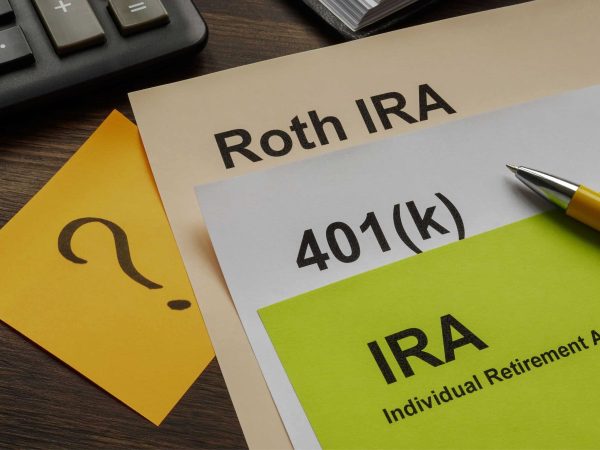
Personal vs. Retirement Account Real Estate Investing
Buying real estate inside a retirement account offers tax perks but removes personal benefits. You can’t live in the property or manage it directly.
- Personal ownership: Full flexibility, fewer IRS rules
- IRA ownership: Tax-deferred (or tax-free) growth, but strict oversight
One investor used a self-directed Roth IRA to buy a duplex. All income was tax-free, but they had to hire a third-party manager. It worked well, as long as they followed the rules.
Next Steps
If you’re serious about building long-term wealth, start by exploring your account options, asking questions, and lining up your next move. Ready to dig deeper? Let’s keep the conversation going reach out, or check out more of our guides to get started.

